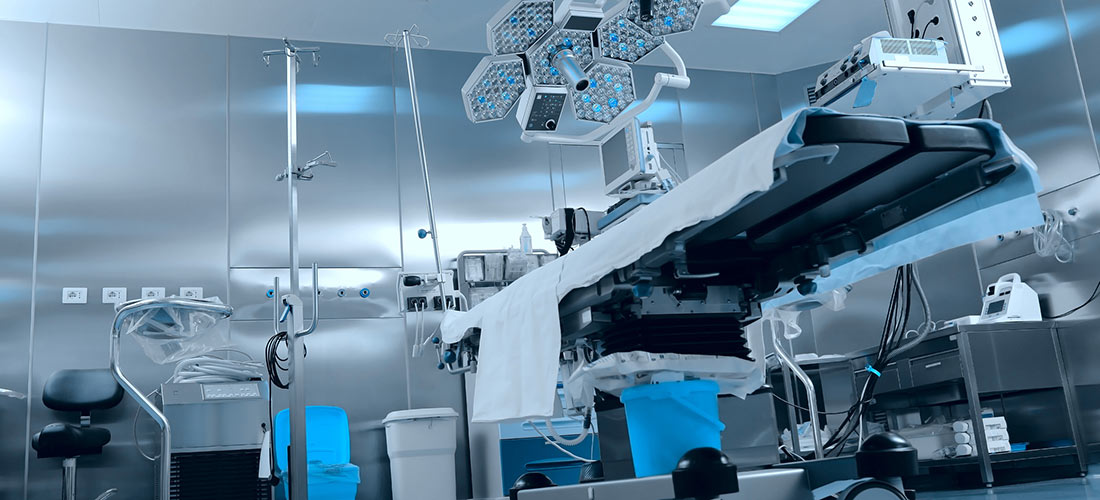Save a Life: Use a “Door Buster” Card
By: Aorn Staff
Published: 4/6/2022
Save a Life: Use a “Door Buster” Card
A Conversation with Desiree Redman, BSN, RN, CNOR

In a Level I Trauma Center, which serves the highest acuity patients, emergency situations in the OR can come fast, with little time for preparation. “Door Buster” cards—designed by our Main OR Perioperative Safety and Risk Management Committee—are used in emergency situations where staff has little to no advanced warning to respond to a patient in crisis. By quickly outlining critical steps for a specific type of emergency, Door Buster cards help the OR team react effectively.
A Smart Tool for OR Emergencies
We display our laminated Door Buster cards on our trauma carts, with copies posted on our intranet for easy access. Each card provides select, essential information that triggers some of our most common emergency responses and guides the responders’ actions.
For example, in an OR airway emergency that specific Door Buster card highlights initial actions such as obtaining the ENT drug box or opening the laryngoscopy pack. Essential steps are separated into circulator and scrub roles that any staff member can complete to prevent duplicated or missed steps for a coordinated response.
A Collaborative Process
The key to shaping Door Buster cards that make sense in your perioperative setting is collaboration. It’s important to get widespread input that can be applicable in a majority of situations across specialties and shifts.
Our process included identifying our top OR emergency scenarios. We then created content with input from both specialty team experts and team members who were not experts in a specific specialty. Through this process we designed the cards to address the top five common and potentially challenging emergency responses seen in our ORs (yours may differ):
- Emergency Crani
- Abdominal Trauma
- Airway Emergency (Foreign Body)
- Extremity Emergency
- Emergency Tracheostomy
These Door Buster cards also provide “insider” information, such as how to store a patient’s bone flap in an emergency craniotomy—critical information that a responder from a different specialty might not be aware of.
Download the cards for extremity and abdominal emergencies for good examples of what Door Buster cards look like.

